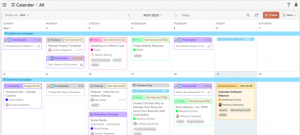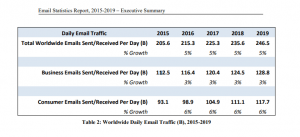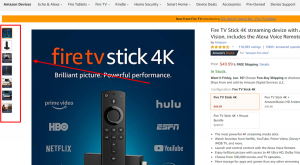Can solutions like data lakes or CDPs provide better value than incomplete data sources like email engines?
There’s no shortage of data.
Sure, maybe there are still some traditional businesses out there with no connection to the digital world, and no data collection strategy. But for most brands, customer data is stacked to the virtual ceilings. But if those ceilings belong to different silos, and there aren’t any easy ways of cleaning, verifying, and actually using the data, simply having it doesn’t get you very far.
There’s a widespread belief that a single view of a customer, across all engagement channels, is a prerequisite for effective marketing. A first step in the direction of a single source of truth about your customers is a centralized repository for that data. That hasn’t been easy to achieve, even in the context of the major CX suites like Adobe, Oracle and Salesforce, where building out the offering through acquisitions led to the challenge of tying customer identities together across a series of specialized clouds.
That led to a race to establish internal CDPs (even if they weren’t always called that) as means of maintaining customer profiles right across the platforms. CDPs have formed a high profile category for at least two years now. The thing is, the definition is broad enough to allow a range of data resources to classify themselves as CDPs.
According to the CDP Institute, “(a) Customer Data Platform is packaged software that creates a persistent, unified customer database that is accessible to other systems.” That’s a definition with three elements (pre-built software, a single view of the customer, and the utility of that single view), and different so-called CDPs tend to place weight on different elements—especially as between data storage and management and campaign execution based on the data.
Download free: Customer Data Platforms: A Marketer’s Guide
But is a CDP really necessary for a mature brand which already has data repositories? Why not simply unify them in the form of a data warehourse or “data lake.” Broadly speaking, data warehouses are repositories with a centrally defined structure; data lakes contain the data, but anyone can dive in and use it as needed.
We got a lively response from Pat Maigler when we raised data lakes vs. CDPs with him in a recent episode of MarTech Live. Maigler is Senior Manager, Marketing Operations and Strategy at Williams-Sonoma Inc. and he went on what he called “a rant.”
“To me, a data lake doesn’t give marketers what they need. It gives them unstructured data, and then you need to be a data engineer…to translate it on the fly. In general, marketers have their own purpose-built endpoint systems, so I’m not sure a lot of the CDPs will fully replace the email engines that are being used. If you’re already using somebody like LiveRamp as an on-boarder and they’re syndicating to Google, Facebook [etc.] what do you really need.”
As Maigler says, marketers do need all their customer data in one place, but if analyzing it and activating it remain time-consuming processes, then the single source of truth adds no value. “You’re better off starting with your actionable endpoints,” like an email or marketing automation engine. “What’s broken about your existing email engine that a CDP is going to provide?’
Next on MarTech Live: a look at agile marketing
This story first appeared on MarTech Today.
Marketing Land – Internet Marketing News, Strategies & Tips
(23)
Report Post






